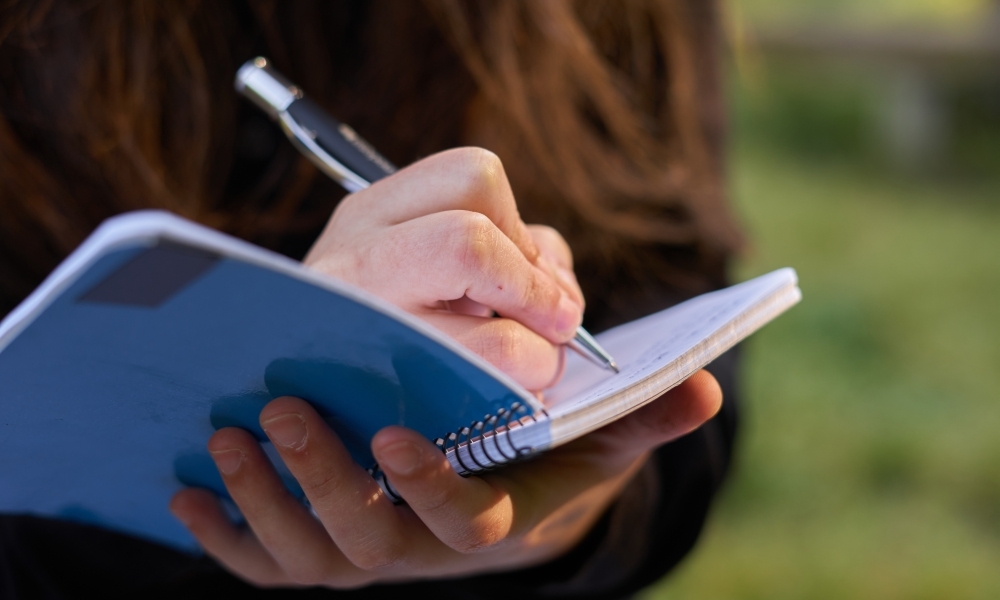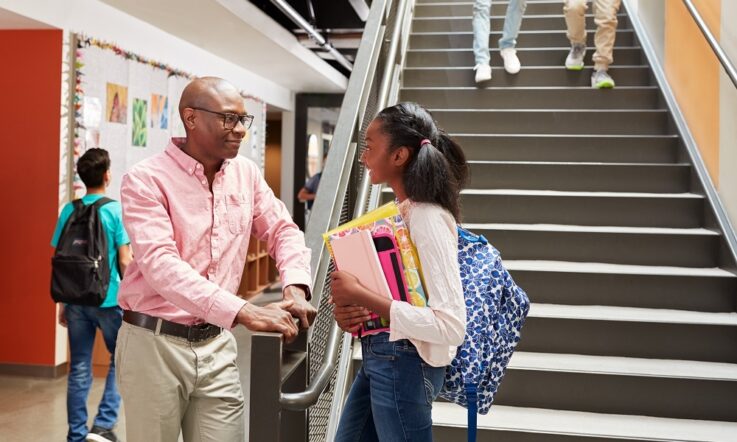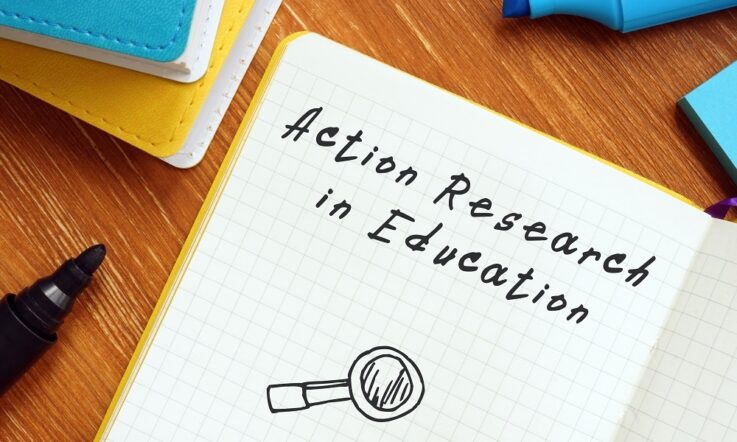Skillset Senior College (SSC) is an independent school in New South Wales for students in years 10-12 who may be experiencing barriers to education. In 2021, they embarked on their own action research project to investigate whether school-based interventions can have a significant positive impact on students’ mental health.
Last year, Head of Research and Development at SSC, Dr Martin Hughes, shared the impetus of the research project and the initial stages that had been conducted. The study has since concluded, and the research team has recently published its findings through the Association of Independent Schools New South Wales (AISNSW).
‘Our primary objective was to investigate if school-based interventions can have a significant positive impact on adolescent mental health. I believe we can say conclusively that they can,’ Dr Hughes tells Teacher.
What did the action research project involve?
The research was completed across 3 terms in 2021, between February and August. At the beginning of each term, participating students were assigned to one of 3 groups for a 4-week period: exercise, therapeutic writing or sensory engagement. By the end of the project, each student had participated in each group.
Participation involved a daily 15-minute activity, as well as a one-hour weekly activity. In their report, the research team share that it was important these activities had little to no set-up time, that they could continue in the absence of key staff members, and that they were engaging and impactful for students.
For the exercise group, these activities were a daily brisk walk and weekly walk of a longer distance. The therapeutic writing group completed 15 minutes of writing in response to a prompt each day which encouraged deep thought, and completed exercises designed to encourage personal reflection for the weekly activity. The sensory engagement group would undertake 15 minutes of breathing exercises each day, and in the weekly activity, they took part in immersive demonstrations related to their sensory motor systems.
‘Moving forward from the project, we have already retained elements from each of the 3 activities by continuing weekly wellbeing walks, increasing the amount of exercise opportunities available to students, encouraging expression of thoughts and feelings through writing and creative arts and continued providing experiences related to sensory engagement.’
Measuring the effectiveness of the interventions
The students’ cortisol levels and self-reported scores of anxiety, depression and wellbeing were collected before and after each activity to monitor the activity’s effectiveness. Cortisol levels were collected through saliva testing and the self-reported mental health scores were collected through the use of medical questionnaires. Dr Hughes says the findings show each intervention proved to be effective.
‘Each activity had a positive impact on mental health, which we are pleased about. The average anxiety score reduced by 26% and the average depression scores reduced by 34% over 3 terms.
‘What was perhaps the most eye-opening consequence, however, was the willingness of students to engage and participate with topics related to their own mental health.’
Aside from assessing the overall impact of the interventions, the research team also set out to examine if the medical self-report questionnaires they utilised were useful and valid for their cohort of at-risk students. ‘We found that the General Anxiety Disorder (GAD-7) and the Patient Healthcare Questionnaire (PHQ-9) were valid, consistent and unidimensional; this gives us confidence that our results are reliable and valid measurements of anxiety and depression,’ Dr Hughes reports.
Thirdly, the research team analysed the collected data to ascertain any differences in levels of depression and anxiety between male and female students, and Indigenous and non-Indigenous students. It was found that there was no significant difference between Indigenous and non-Indigenous students; however, females experienced significantly higher levels of anxiety and depression than males.
‘Finally, we wanted to examine if school-based activities can impact adolescent cortisol levels … As the project progressed, the variation in cortisol levels began to drop and aggregated closer around a mean within “normal boundaries” of cortisol levels,’ Dr Hughes says.
Embarking on your own action research project
Beginning on your own action research project is a big undertaking and requires significant planning. Last week, Dr Hughes delivered a keynote presentation titled ‘Building a culture of evidence-informed practice’ at the AISNSW Educational Research Symposium, where he shared his recommendations for other schools considering taking on their own action research project.
‘I presented the 5 Cs to building a culture of research within a school: Culture; Context; Championing; Change; Cultivation,’ he shares with Teacher.
Culture, he describes, is thinking about the existing culture at your school that you’re wanting to build upon through the research, and ensuring you’re designing a research project that aligns with your school’s vision and values, as this will help with staff buy-in.
Context, he says, involves considering what’s important for your own school’s context, but also the wider regional and national education context.
Championing your school’s research project throughout its duration is also important, he shares. ‘If you remain confident and passionate throughout, model a measured response to set-backs and produce robust results, you quickly dispel the “fear factor” surrounding research and will most likely ignite a passion in your colleagues to go and initiate their own studies.’
On change, Dr Hughes says it’s important to factor in flexibility and account for inevitable change that will need to occur throughout the duration of the research project. The biggest setback they experienced themselves was the delaying of their project due to pandemic restrictions. ‘After the suspension of our project due to the COVID-19 school closures in 2020, we consider ourselves fortunate that the remainder of the project ran without much incident,’ he reflects.
Finally, Dr Hughes says cultivation involves getting as many people on board as possible, and celebrating your wins along the way to build a groundswell of momentum and excitement.
An impact on staff development
In Dr Hughes’ 2021 Teacher article, he shared that one of the most interesting indirect benefits of the research project was the engagement of staff across the school, and that it had inspired staff to consider future investigations into areas of interest. One year on, Hughes shares that some staff members are progressing with their own investigations.
‘Two of our staff members, Lisette Dale and Rachel Croft, are extremely interested in investigating the impact of our on-site animals on student mental health. Jaye Shean [Head of Wellbeing and in charge of the Therapeutic Writing Group] is gathering evidence to launch a neurofeedback study and Chris Harris [Lead Teacher and in charge of the Sensory Engagement Group] is now leading a project in collaboration with the University of Wollongong measuring the impact of atmospheric chemistry within the classroom on students.
‘The biggest take-home message from this entire project that I would love to communicate to educators is to have the big philosophical conversations with your students … I hope this research not only demonstrates the significant impact such activities can have on adolescent mental health, but also highlights the willingness of adolescents to discuss how their brain operates when given the opportunity.’
Dr Martin Hughes says there are 5 Cs to building a culture of research within a school. If you are considering undertaking your own action research project at your school, reflect on the 5 Cs. Had you considered each of these factors? If not, which area needs more attention during these initial stages of planning?



